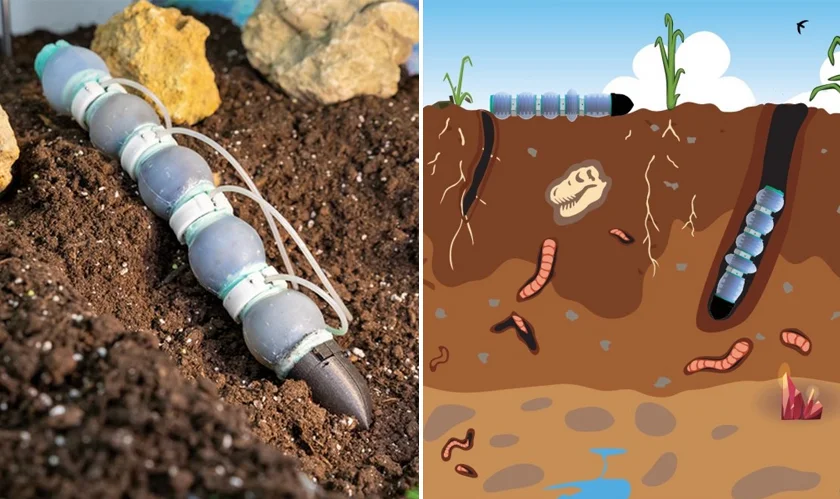Home industry robotics salut to the earthworm robot that can explore other worlds!
Robotics

CIO Bulletin
2023-03-09
Locomotion is one of the issues that evolution found solutions for in numerous ways, proving that it is a problem-solver. Flying birds. Fish move through the water. Walking is a characteristic of animals.
Yet, earthworms discovered another method of navigating the space they occupy. Can we use them as models to explore other planets?
The segmented bodies of earthworms enable them to move through the soil, where they have evolved to live. An earthworm has between 100 and 150 segments, as well as circular and longitudinal muscles that enable movement. They can move by crawling thanks to their muscles and segmentation. The earthworms' tiny setae, or bristle-like appendages, aid in movement by preventing them from reversing direction.
A group of researchers from the Istituto Italiano di Tecnologia (Italian Institute of Technology) are working on a robot that can move underground and even assist in the exploration of other planets. The robot is segmented like an earthworm, but it moves by using air to expand and contract its segments. These are known as peristaltic soft actuators (PSA.)
The "worm-bot" was developed by the Bioinspired Soft Robotics lab at ITT as part of its mission to "... produce robotic solutions capable of operating in unstructured situations," as stated on the lab's website. "These robots will be able to replace people in difficult situations and interact with living things safely."
The team can better grasp biological locomotion thanks to the worm-bot, a prototype. They have high hopes for this kind of bio-inspired movement in the future.
“The potential applications for this technology are vast, including underground exploration, excavation, search and rescue operations in subterranean environments and the exploration of other planets,” their press release says.
Banking-and-finance
Artificial-intelligence
Travel-and-hospitality
Management-consulting
Banking-and-finance
Banking-and-finance
Food-and-beverage
Travel-and-hospitality
Food-and-beverage